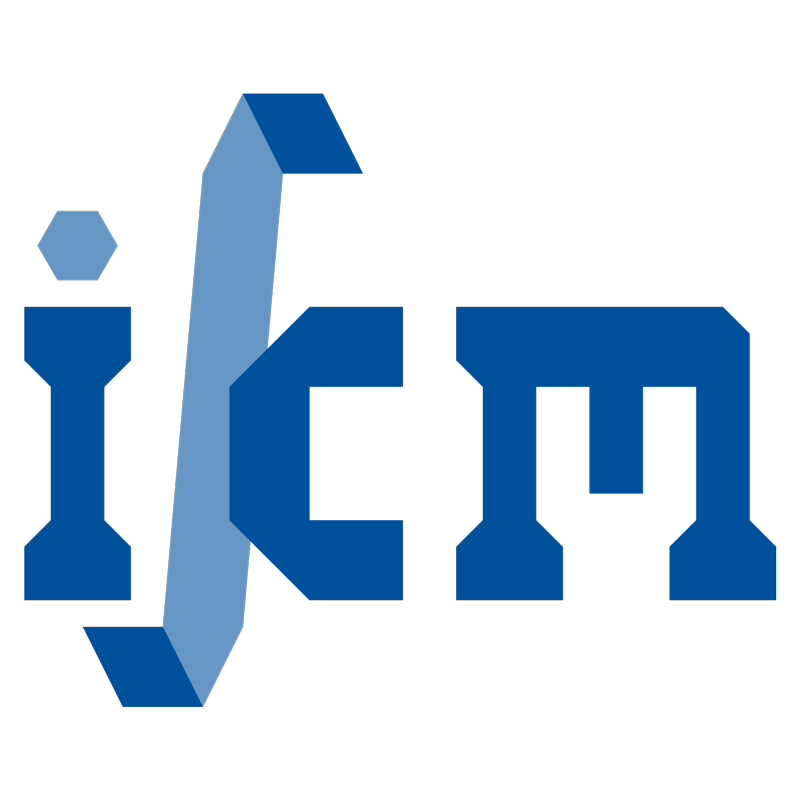A Hamilton principle-based model for diffusion-driven biofilm growth
- authored by
- Felix Klempt, Meisam Soleimani, Peter Wriggers, Philipp Junker
- Abstract
Dense communities of bacteria, also known as biofilms, are ubiquitous in all of our everyday life. They are not only always surrounding us, but are also active inside our bodies, for example in the oral cavity. While some biofilms are beneficial or even necessary for human life, others can be harmful. Therefore, it is highly important to gain an in-depth understanding of biofilms which can be achieved by in vitro or in vivo experiments. Since these experiments are often time-consuming or expensive, in silico models have proven themselves to be a viable tool in assisting the description and analysis of these complicated processes. Current biofilm growth simulations are using mainly two approaches for describing the underlying models. The volumetric approach splits the deformation tensor into a growth and an elastic part. In this approach, the mass never changes, unless some additional constraints are enforced. The density-based approach, on the other hand, uses an evolution equation to update the growing tissue by adding mass. Here, the density stays constant, and no pressure is exerted. The in silico model presented in this work combines the two approaches. Thus, it is possible to capture stresses inside of the biofilm while adding mass. Since this approach is directly derived from Hamilton’s principle, it fulfills the first and second law of thermodynamics automatically, which other models need to be checked for separately. In this work, we show the derivation of the model as well as some selected numerical experiments. The numerical experiments show a good phenomenological agreement with what is to be expected from a growing biofilm. The numerical behavior is stable, and we are thus capable of solving complicated boundary value problems. In addition, the model is very reactive to different input parameters, thereby different behavior of various biofilms can be captured without modifying the model.
- Organisation(s)
-
Institute of Continuum Mechanics
- Type
- Article
- Journal
- Biomechanics and Modeling in Mechanobiology
- Volume
- 23
- Pages
- 2091–2113
- No. of pages
- 23
- ISSN
- 1617-7959
- Publication date
- 30.09.2024
- Publication status
- E-pub ahead of print
- Peer reviewed
- Yes
- ASJC Scopus subject areas
- Biotechnology, Modelling and Simulation, Mechanical Engineering
- Electronic version(s)
-
https://doi.org/10.1007/s10237-024-01883-x (Access:
Open)
-
Details in the research portal "Research@Leibniz University"


